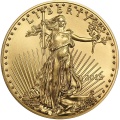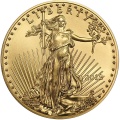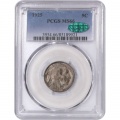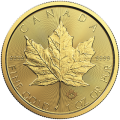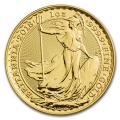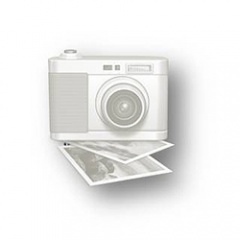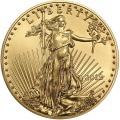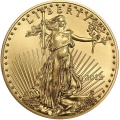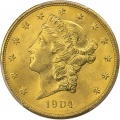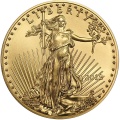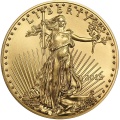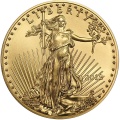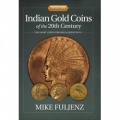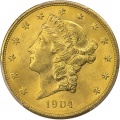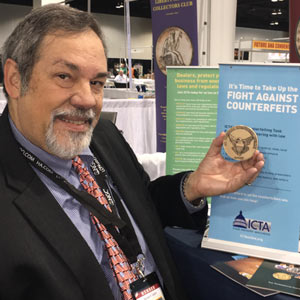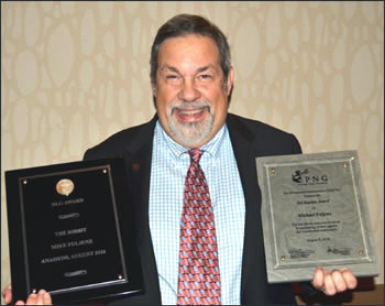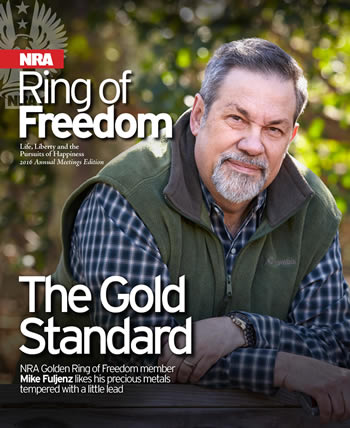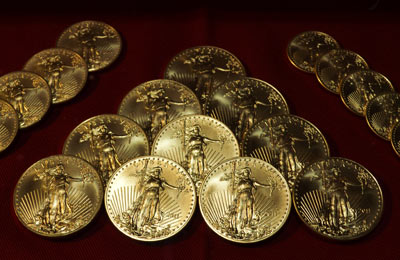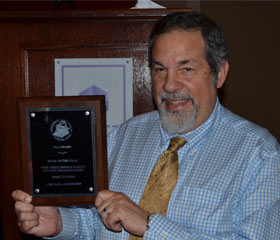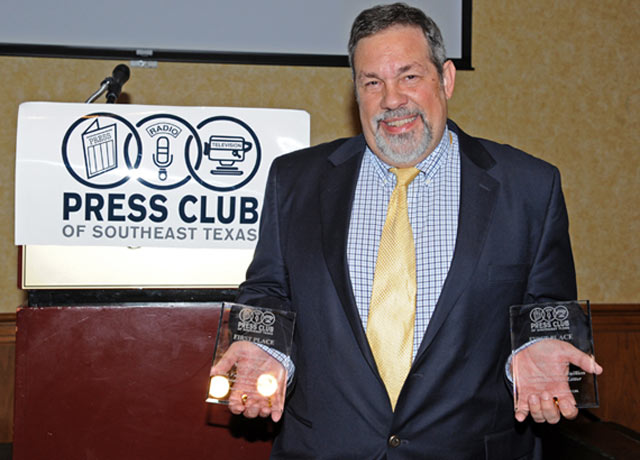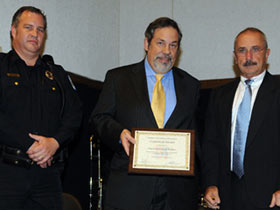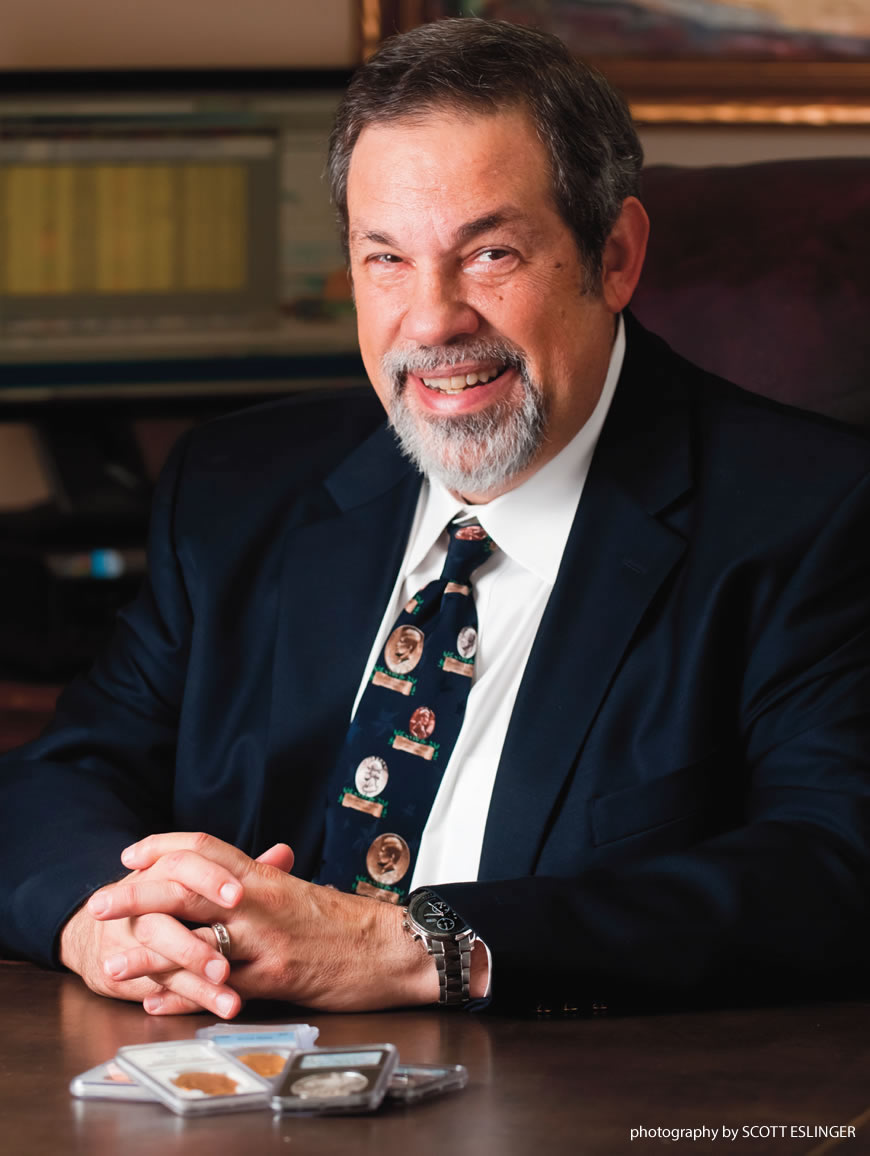
Celebrities fascinate Americans. That's why millions of ordinary people read gossip magazines week after week from cover to cover. That's why legions of loyal fans have followed every dip and turn on "Dancing With the Stars" for nearly a decade. And that's why tell-all books by - and about - celebrities shoot to the top of best-seller lists as soon as they're released.
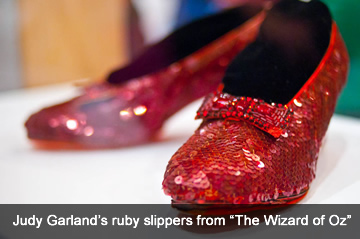
Collectors covet personal effects and other items associated with their favorite figures from the worlds of entertainment, sports and politics. Judy Garland's ruby slippers from "The Wizard of Oz" ... Mickey Mantle's rookie baseball card ... a personal letter signed by Abraham Lincoln - these and similar artifacts bring fancy prices whenever they come up for sale.
Less publicized but no less intriguing is the fact that celebrities themselves frequently collect items that appeal to them. Sometimes these are objects related to the fields in which they're famous - props, perhaps, from movies in which they've appeared, or footballs with which they've scored game-winning touchdowns. In other cases, luminaries who have risen to prominence in one field avidly pursue collectibles in totally different areas.
Actor Nicolas Cage assembled a fantastic collection of vintage comic books. In 2011, when he sold his most prized comics at a major online auction, its star attraction - a nearly pristine copy of Action Comics No. 1, where Superman first appeared - brought a record price of more than $2.16 million. Cage had purchased the comic in 1997 for $110,000. Actress Angelina Jolie is a prominent collector of such diverse objects as rare knives and daggers and first-edition books.
The late Dick Clark, affectionately known as "The world's oldest teenager," had a vast collection of music memorabilia and used it as a source of decorations for his chain of American Bandstand Grille restaurants.
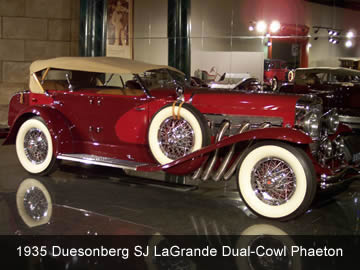
More often, the collectibles coveted by celebrities are totally unrelated to their careers - sometimes wildly so. Swashbuckling movie star Johnny Depp collects rare insects, for example. And bodybuilder-actor Lou Ferrigno, who portrayed The Incredible Hulk on TV, is partial to Beanie Babies. Jay Leno didn't exactly ride into the sunset when he lost his longtime gig as host of "The Tonight Show" - but if he chose to do so, he could travel in style. Leno owns a world-class collection of classic cars and motorcycles, including a Lamborghini Miura, a Jaguar XKE, a Shelby Mustang GT 350, Bugattis and Duesenbergs.
Not surprisingly, many celebrities are active - even ardent - coin collectors. This makes perfect sense, since men - and lately women - of fame, wealth and power have found rare coins fascinating and desirable down through the centuries. Indeed, the pursuit of coins came to be known in bygone days as "The Hobby of Kings" because its adherents included so many monarchs and other members of the nobility.
In modern times, "The Hobby of Kings" has morphed into "The King of Hobbies" as broader distribution of wealth has permitted people of less-than-regal means to enjoy its many pleasures and rewards. At the height of public interest in the 50 State Quarters program in the opening years of the new millennium, the United States Mint estimated that upwards of 140 million Americans - nearly half the population - were actively collecting coins on at least a limited basis.
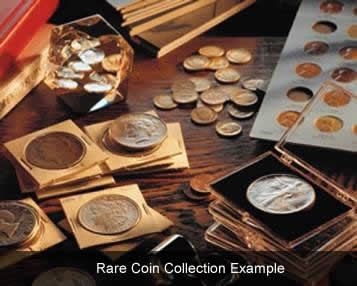
Impressed by coin collecting's mass appeal to the public, the Smithsonian Institution's National Museum of American History has announced plans to open a new exhibit area devoted to numismatics in a prime location in 2015. The 1,000-square-foot gallery - more than triple the size of the space now devoted to the subject - will be a top attraction for coin enthusiasts visiting Washington, D.C. , and will serve as an engrossing introduction to the hobby for multitudes of non-collectors.
The hobby's democratization has transformed it from a pastime of princes to a passionate pursuit of common people. But this hasn't diminished the challenge it presents and the sense of satisfaction it provides. And these attributes make it just as appealing as ever to 21st-century celebrities.
Former pro football star Gregg Bingham is a prime example. Bingham began a love affair with rare and beautiful coins in 1973, his rookie year with the Houston Oilers of the National Football League, when he "wandered into" a local coin shop. As a self-described "big history buff," he was captivated by the rich historical background of U.S. coinage - especially commemorative coins.
He built a first-rate collection of coins, as well as an extensive store of knowledge, throughout his distinguished 12-year career as the Oilers' middle linebacker - then, upon retirement from the sport, he devoted even more time to the hobby while operating a string of car service centers throughout the Houston area.
From his earliest days as a collector, he acquired only coins of pristine quality. Today, his multiple sets of beautifully toned pre-1955 U.S. commemoratives are considered some of the finest in existence. And Bingham is regarded as one of the shrewdest, best-informed buyers in the rare coin marketplace.
Now-retired talk-show host Bruce Williams attracted a large following with his common-sense advice on personal finance and myriad other matters of concern to the audience of his nationally syndicated radio program. At one time, his ratings were second only to those of Rush Limbaugh. Just as his advice covered a broad spectrum, Williams is a collector with wide-ranging interests, including Disney memorabilia - and rare coins figure prominently in the mix. He admits to having spent upwards of $30,000 apiece for coins that caught his fancy.
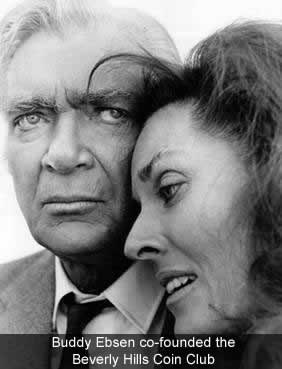
Actor Buddy Ebsen struck it rich on "The Beverly Hillbillies" as Jed Clampett, a country bumpkin who moves his hayseed family to La La Land after oil is discovered on their rustic property, turning them into millionaires overnight. Ebsen, who was far from a hick off-screen, reaped a real-life windfall from rare coins. Over the years, he assembled an exceptional collection of U.S. coins, which brought more than $7.6 million when it was sold at a glittering West Coast auction in 1987.
In one ironic "Beverly Hillbillies" episode, Jed Clampett scoffs when told that a coin collector paid $12,000 for a dime - the ultra-rare 1894-S Barber dime. "He got slickered," Jed tells Mr. Drysdale, his greedy banker-neighbor, who is trying to get him interested in the hobby. "A dime is only worth ten cents," he declares, adding: "If he put that dime in one of those candy machines, would he get out $12,000 worth of candy?"
Ebsen had no doubt about the value of the coin at the time the episode aired in 1964. He was not only an avid collector but also a serious student of the hobby and active participant in organized numismatics. In fact, he co-founded the Beverly Hills Coin Club. His personal collection included a complete gold type set, a set of the Panama-Pacific commemorative coins in their original copper frame and a gem proof 1879 coiled hair stella (a pattern $4 gold piece).
Sportscaster Chris Schenkel became synonymous with professional bowling during two decades of covering its Saturday afternoon tournaments. He also gave voice to such diverse events as the storied 1958 NFL title game, in which the Baltimore Colts edged the New York Giants, and the flawless performance of Romanian gymnast Nadia Comănici at the 1976 Summer Olympics in Montreal.
Like Buddy Ebsen, Schenkel was far more than a casual collector. Indeed, he found fulfillment in numismatic objects that some might consider esoteric, such as Indian Peace medals, Hard Times tokens and U.S. Assay Commission medals. He also collected commemorative coins and other more mainstream material, including a stunning set of early U.S. quarters. When he consigned his collection for sale at a 1990 auction, it helped fill a 436-page catalog with 3,404 lots.
Jerome Kern, one of the most famous composers of American popular music, ranked among the greatest collectors of U.S. coins, as well, during the first half of the 20th century. Kern, who wrote the music for such all-time standard songs as "Ol' Man River" and "Smoke Gets in Your Eyes," also had an eye for "hit" coins. His collection included a Show Boat full of rarities, including an Ultra-High-Relief 1907 Saint-Gaudens double eagle, a gem proof 1842 small-date Liberty Seated quarter and a complete four-coin set of 1879 and 1880 stellas.
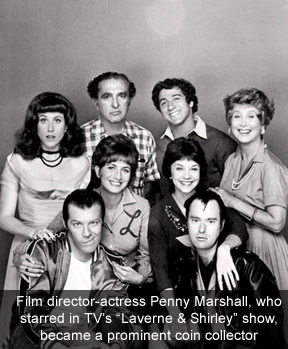
Five years after Kern's death, legendary Texas coin dealer B. Max Mehl sold the collection at a glittering auction in 1950. It was billed as the "Golden Jubilee Sale," but Kern's coins were clearly the stars of this landmark event. Mehl made this clear when he noted that its centerpiece was "the Magnificent Collection of United States Gold and Silver Coins of the Late Eminent Composer Jerome David Kern."
Film director-actress Penny Marshall, who starred in TV's "Laverne & Shirley" show, became a coin collector - and a prominent one, at that - almost as much by birth as by environment. In fact, she was named for a coin. Marshall told an interviewer back in 2002 that she was named "Penny" to mollify her brothers, who were saving their pennies for a pony, "but got a baby sister instead."
Other coin collectors from the entertainment world have included such leading lights as Italian tenor Enrico Caruso, "Stardust" songwriter Hoagy Carmichael, Academy Award-winning actress Nicole Kidman, Emmy-winning actor John Larroquette and actor James Earl Jones, who provided the distinctive deep baritone voice of Darth Vader in the "Star Wars" movies.
Among the famous athletes known to collect coins are ice hockey legend Wayne Gretzky, baseball slugger Andre Dawson and flamboyant basketball rebounder Dennis Rodman. The late Dr. Jerry Buss, former owner of the Los Angeles Lakers basketball team, collected coins for 40 years and during that time he acquired such rarities as a 1913 Liberty Head nickel, an 1894-S Barber dime and a Class III 1804 silver dollar. He authorized the purchase of these three coins at a single stroke, in fact, simply by signing a hot dog napkin. Buss sold his coins at a major auction in 1985 after deciding he didn't have sufficient time for them.
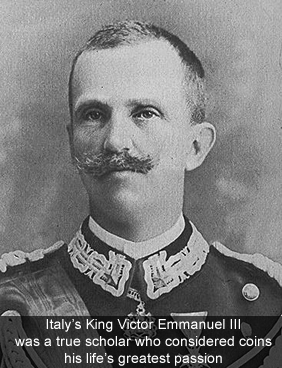
In the days when rare coins were the province of kings, one of the hobby's most illustrious practitioners was France's "Sun King," Louis XIV. Louis paid regular daily visits to the French Royal Coin Collection, and once remarked that he could "always find something new to learn."
Perhaps the most learned of all royal collectors, from a numismatic standpoint, was Italy's King Victor Emmanuel III. More than just a collector, Victor Emmanuel was a true scholar who considered coins his life's greatest passion. Upon his abdication in 1946, he donated his vast collection - consisting of more than 100,000 coins from ancient times to modern - to the people of Italy. He also gave a priceless gift to coin collectors everywhere: a 20-volume catalog of Italian coinage through the centuries, which took him 12 years to write.
Unlike Victor Emmanuel, Egypt's King Farouk had relatively little interest in coins' historical significance. He took great interest, though, in their rarity and value and diverted huge sums of money from his nation's treasury to his personal collection. Eventually, Egyptian military leaders, weary of Farouk's extravagant expenditures and dissolute lifestyle, forced him to abdicate in 1952. Two years later, they arranged for a now-famous auction to dispose of his bloated coin collection - or, more accurately, his disorganized but enormous accumulation.
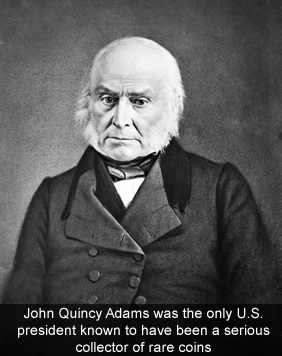
The Farouk Collection contained a number of great rarities, including a 1913 Liberty Head nickel and a 1933 Saint-Gaudens double eagle, which the king had acquired in 1944 with the help of a U.S. export license authorized by the U.S. State Department in deference to his status as a World War II ally. The double eagle was sold at an auction in 2002 for $7.59 million - a figure that stood for more than a decade as the highest price ever paid for a U.S. coin. It's the only example recognized as legal by the U.S. government - thanks to that 1944 export license.
John Quincy Adams was the only U.S. president known to have been a serious collector of rare coins - though others undoubtedly dabbled in the hobby and some, including Thomas Jefferson and Franklin D. Roosevelt, are said to have had a more than passing interest in the subject. Foreign leaders of recent years who have been identified as coin enthusiasts include Israeli prime minister and foreign minister Moshe Dayan and former British prime minister Tony Blair.
The Hobby of Kings has long since moved from monarchs' throne rooms to common folks' living rooms, parlors and dens. Still, amid the mass appeal of modern-day collecting, it's reassuring to know that rare coins retain the same kind of allure for today's celebrities as they held for yesteryear's nobility. And it's nice to know that people of moderate means share this common bond with the rich and famous.

